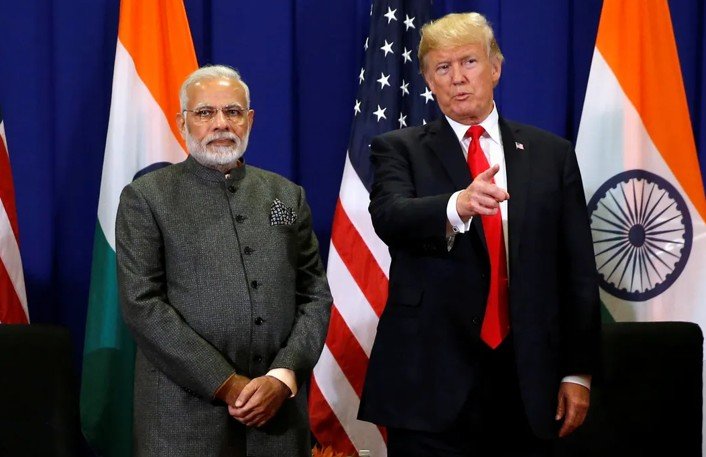Indian Prime Minister Narendra Modi is set to visit the United States next week for a high-level meeting with President Donald Trump, marking one of the first major diplomatic engagements of Trump’s new administration. The visit, scheduled from February 12 to 14, underscores India’s strategic importance in Washington’s evolving foreign policy and signals an early push to strengthen bilateral ties.
Early High-Level Engagement Amid Geopolitical Shifts
PM Modi’s visit comes at a pivotal moment in global diplomacy and places India among the first nations to engage directly with the newly inaugurated U.S. President. Before Modi’s arrival, Israeli Prime Minister Benjamin Netanyahu and Jordan’s King Abdullah II are set to meet Trump, with the latter scheduled for February 11. The series of meetings reflects Washington’s focus on solidifying relationships with key allies and strategic partners early in the administration’s tenure.
Since the U.S. election in November 2024, Modi and Trump have spoken twice, with their most recent conversation on January 27 covering a broad range of topics, including regional security in the Indo-Pacific, Middle East, and Europe. Discussions also touched on bilateral trade and defense cooperation, with Trump emphasizing “fair trade” and calling for increased Indian procurement of U.S. security equipment.
The White House confirmed that the upcoming meeting will also reinforce cooperation through the Indo-Pacific Quad alliance, with India hosting the Quad Leaders’ Summit later this year. “Both leaders emphasized their commitment to advancing the U.S.-India strategic partnership and the Quad framework,” the White House statement noted.
Diplomatic Groundwork and Key Focus Areas
India’s External Affairs Minister Dr. S. Jaishankar played a key role in setting the stage for Modi’s U.S. visit. Representing India at Trump’s swearing-in ceremony on January 20, Jaishankar held discussions with senior officials of the new administration, including Secretary of State Marco Rubio. Notably, Rubio’s first bilateral engagement as Secretary of State was with Jaishankar, where immigration emerged as a focal issue raised by Washington, while India underscored concerns over visa delays affecting Indian nationals.
Modi’s U.S. visit will come immediately after his participation in the Artificial Intelligence Summit in Paris from February 10-11. The summit will focus on AI governance and its impact on international policymaking, aligning with India’s broader push to position itself as a global technology leader.
A Visit with Broad Strategic Implications
Modi’s upcoming discussions with Trump are expected to center on defense partnerships, trade relations, and technology collaboration. With India seeking to diversify its security engagements and strengthen its role in the Indo-Pacific, the visit will likely reinforce its strategic cooperation with Washington. The defense sector remains a key area of focus, particularly with U.S. calls for increased Indian procurement of American defense equipment.
The visit also offers a platform for both leaders to address economic ties, particularly trade imbalances and investment opportunities. The Trump administration’s renewed emphasis on “fair trade” suggests that Washington may push for a recalibration of economic relations with India, particularly in sectors such as technology, manufacturing, and defense.
As PM Modi prepares to engage with President Trump in Washington, the visit is poised to shape the trajectory of U.S.-India relations in the coming years, influencing both bilateral cooperation and broader strategic alignments in the Indo-Pacific and beyond.


